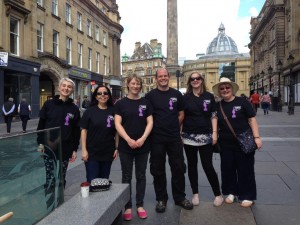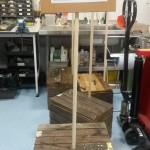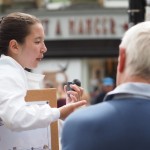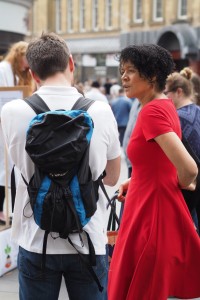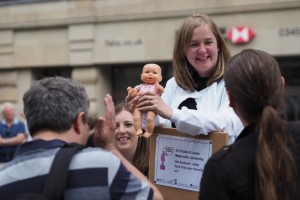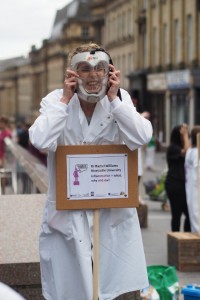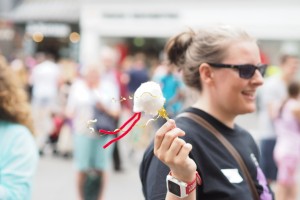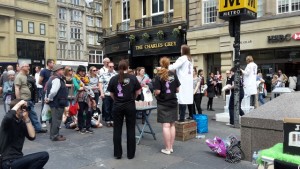In the second in our series on the recent Soapbox Science event in Newcastle, we have a guest post from Cathleen Thomas, who was a speaker at the event. She tells us about her work at the Northumberland Wildlife Trust and why Soapbox Science is both important AND enjoyable.
By Cathleen Thomas, Northumberland Wildlife Trust

A soapbox, a paddling pool and the passing crowd: recipe for science communication!
On Saturday, 27th June, I stood on a soapbox by Grey’s Monument in the centre of Newcastle to talk about my scientific work to the passing public, and as it turned out, there were a lot of people around that day. We got the best turn out for a Soapbox Science event yet and best of all these were people that were out doing their shopping and wouldn’t necessarily choose to engage with science. This was what drew me to speak at Soapbox Science – the chance to engage with a new audience – because as scientists we spend a lot of time discussing our science with other scientists, but it’s difficult to converse with the wider public. We publish results of our experiments in scientific journals that require an expensive subscription for access and often use very technical language. When science is made available in newspapers or online news sites, it is written by journalists and often has emotive, attention grabbing headlines that may not represent the real science underlying the story. So, here we were, in Newcastle, unedited and unabridged – just us and the public.
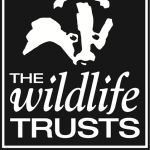
I was the only speaker at Soapbox Science who wasn’t from a university, so I wanted to spread the message that science isn’t just done by grey haired old men in lab coats with expensive lab equipment. It can be done by everyone. British people have a long history of collecting species and recording the wildlife they see, so natural history, or citizen science as it now seems to be called, has a long tradition. We need to get new generations to recognise its value and convince them to be part of it otherwise in the future no one will appreciate our wildlife or protect it and it will all be lost. However, it isn’t just a matter of continuing tradition. For the Northumberland Wildlife Trust but also for the person on the street, learning what wildlife lives around our homes is important for another reason.
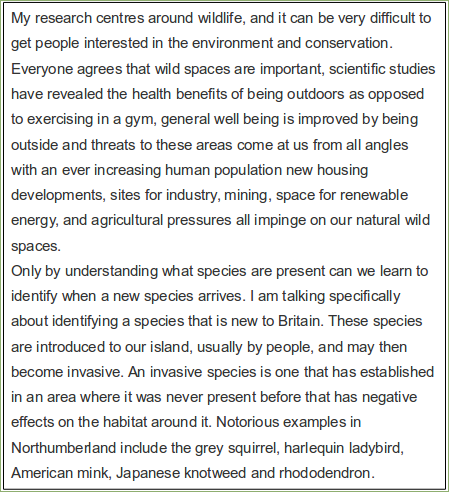 It’s important to note that not all introduced species become invasive. For example, people were surprised to learn that the feral pigeon, which is a common sight around Newcastle, is not a native species. However, it doesn’t really cause any problems for other wildlife because it has learnt to exploit urban areas and thrives in the centre of the city where few other species dare to tread, at least in daylight.
It’s important to note that not all introduced species become invasive. For example, people were surprised to learn that the feral pigeon, which is a common sight around Newcastle, is not a native species. However, it doesn’t really cause any problems for other wildlife because it has learnt to exploit urban areas and thrives in the centre of the city where few other species dare to tread, at least in daylight.
By being vigilant, getting out and about in nature and protecting wildlife and our wild places we can conserve it for future generations.
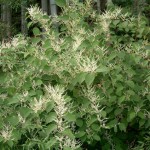
Japanese Knotweed (Photo by KENPEI, licensed under CC BY via Wikimedia)
My street theatre debut at Soapbox Science started by showing people the figure £1,288,262,000 and asking them what they thought the government spent this on. After guesses including NHS spending or benefits, people were quite shocked when I revealed that this money was spent last year on eradicating invasive species. This doesn’t include money spent by other organisations such as Wildlife Trusts or individuals having to remove Japanese Knotweed from their garden before they can sell their house, so the UK-wide figure is probably much higher. Invasive species have a massive economic cost, as well as being one of the leading causes of biodiversity loss.
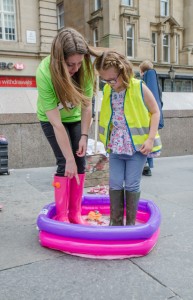
Me and a lovely little girl from the crowd got in the pool to demonstrate good welly washing practice and have a bit of a splash about!
To really demonstrate the impact of invasive species, I had some of demonstrations, ably assisted by my volunteer for the day, Ruth Nottingham. My pink paddling pool was filled with representations of invasive species and was a real draw for the children. It was quite warm on the day, so the kids were looking to cool off in my paddling pool. This gave me the opportunity to explain that when we work on different nature reserves we have to wash our wellies between visits so as not to transfer species from one place to another. This could be any small pond creatures as well as bacteria or fungi that could be carried in water droplets on our wellies.
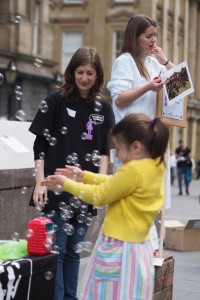
Catching “invasive species” can be hard! One smart kid even tries blocking them at source, but that has problems too…
I was asked why we couldn’t just get rid of invasive species, but I had come prepared. I switched on my bubble machine and asked people to imagine that this was a flying, invasive insect, such as the harlequin ladybird. Then were then challenged to try to catch and ‘eradicate’ all of the ladybirds. With a bit of a tailwind blowing down Grey Street this was harder than they imagined and as some of the bubbles floated off into the ether.
One of the children then had the idea to cut them off at source and stood in front of the bubble machine and was applauded by other audience members who marvelled at his ingenuity. However, I explained that often we don’t know exactly where the invasive species are coming from, so I picked up the bubble machine and started to move it around so the bubbles were coming from lots of different directions. The sound of understanding was audible as people exclaimed and realised why invasive species often present a complex challenge.
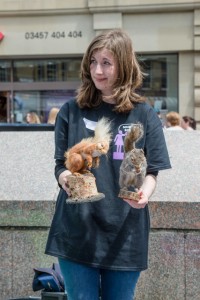
My taxidermied specimens, showcased by my fantastic volunteer Ruth, meant that people could get up close and compare red and grey squirrels. That helped people to understand why our native reds are declining so rapidly.
I was then able to talk to people about squirrels, a subject which is always on our minds here at Northumberland Wildlife Trust as we have a team of around 20 people working to help our native red squirrel. I was able to answer questions about why grey squirrels are so invasive, what the pox thing is that they carry and whether they steal red squirrels food. However, I was able to share some good news in that we are finding that on some sites where we are controlling grey squirrels we are starting to find red squirrel numbers are on the increase. The battle isn’t won yet, not by a long way, but there are small signs of hope.
I hope I left people with a better understanding of wildlife and why it’s important to know what you lives around you and I left feeling hopeful that people understood our sometimes contentious work and was pleased to see that we had lots of support from the people of Newcastle.

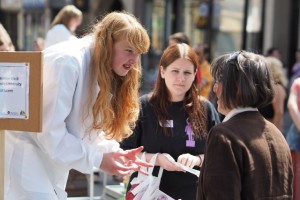
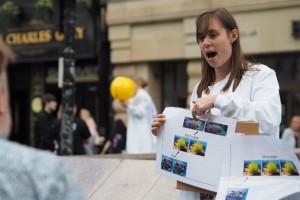
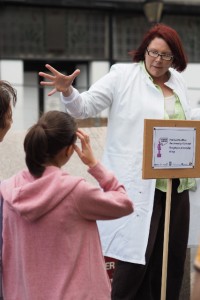
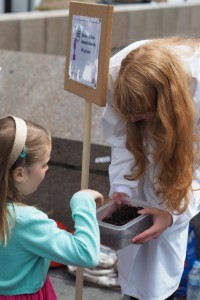
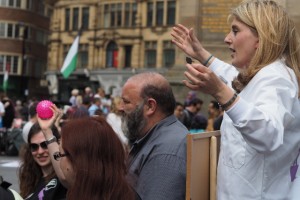


 It’s important to note that not all introduced species become invasive. For example, people were surprised to learn that the
It’s important to note that not all introduced species become invasive. For example, people were surprised to learn that the 



